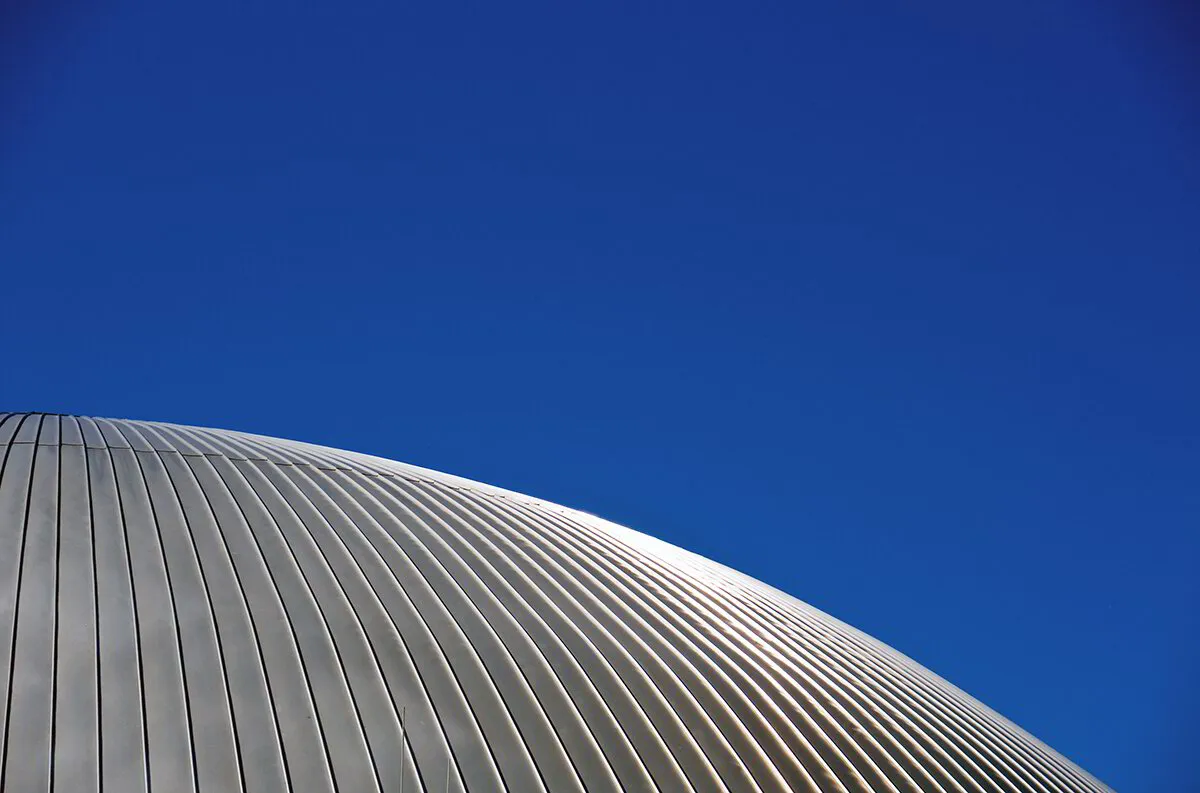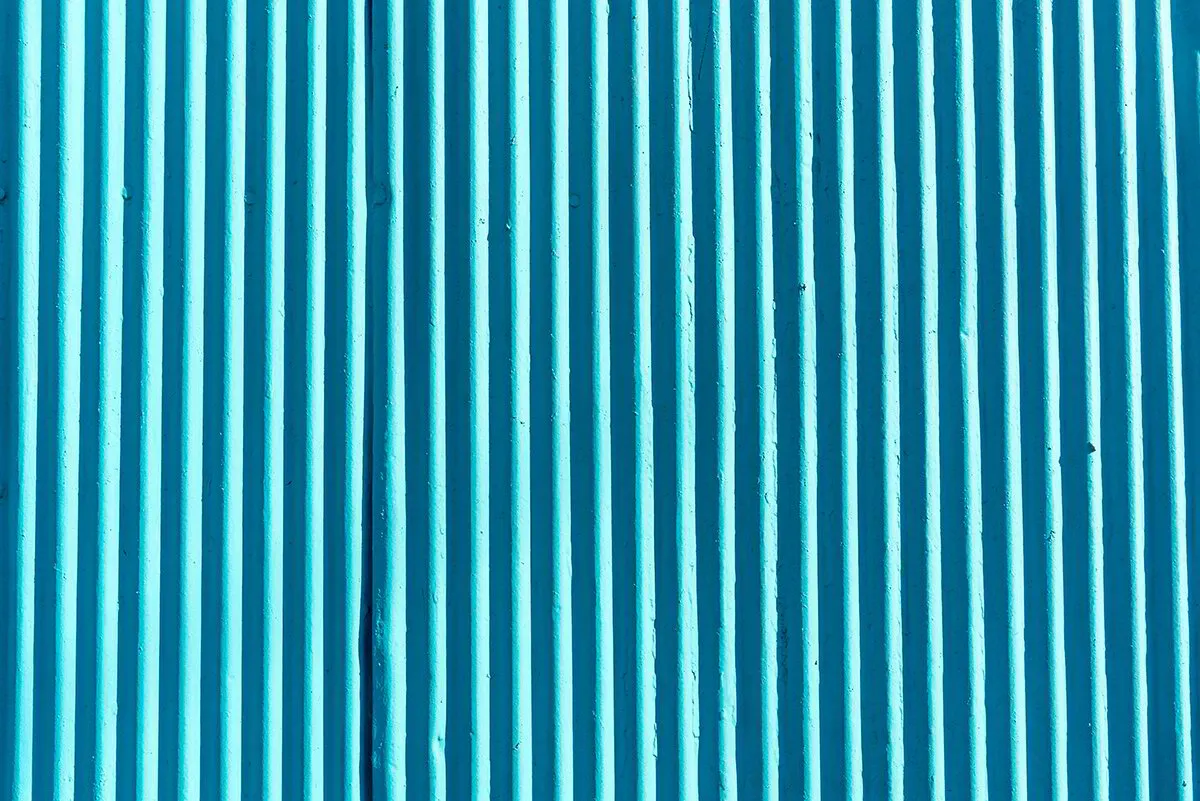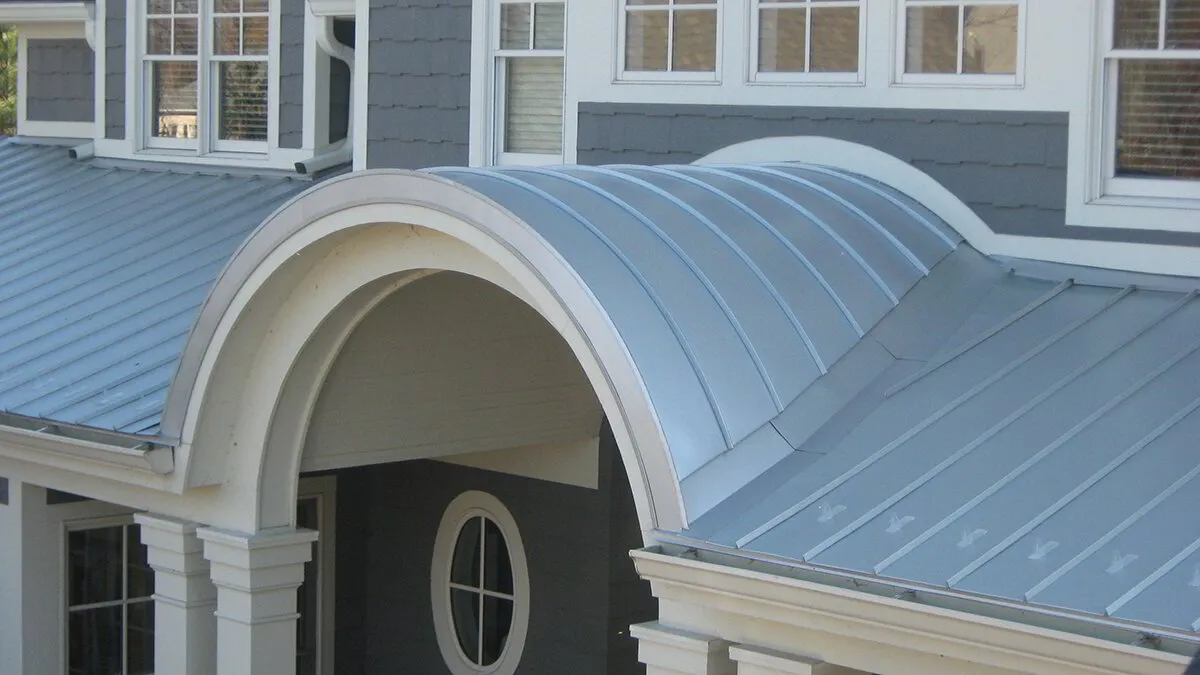Which to choose? 4 types of metal roofing materials
1. Copper: extremely durable, very smooth with a low melting temperature
2. Aluminum: durable, resistant to saltwater corrosion
3. Zinc: extremely durable, corrosion-resistant, and lowest melting point
4. Steel: three variations - galvanized, galvalume and weather resistant steel
Depending on your opinion from this particular manufacturer, this comparison could be less than favorable. In reality, a metal ceiling does not describe a specific product, but a complete line of products. In this article, we talk about 4 types of metal roofing that are most used by professional roofing companies in Miami.
Types of metal roofing materials
When you hear the phrase "metal roof" your thoughts will probably go to a steel roof when in fact the term encompasses a much larger variety of materials.
When searching on the internet and coming across the term metal roof, chances are you’ve imagined a metal frame over your head, without thinking about the kind of metal it is.
The choice of the metal material used in your roof has a lot to do with your geographical location; there are materials that are better than others due to weather and other factors.
Copper Ceilings - Pros and Cons
The ancestor of metal roofing - the copper roof - has protected homes and other establishments for many centuries. Copper is a durable metal that under the care and good practices can last for more than 200 years. They are 100% recyclable and eco-friendly roofs. Read about eco-sustainable roofs.
Copper is a malleable material and extremely easy to handle. This also makes it weak in an environment where rains and hail are prevalent most of the year, creating damage in a very short time and generating expenses. Think through these factors before choosing this material.
Aluminum Ceilings - Pros and Cons
A roof whose two greatest strengths are endurance and corrosive durability.
Professional roofing companies very often recommend aluminum metal roofing for coastal areas because of the resistance that aluminum has for saline corrosion.
Aluminum is a metal that is very active at a molecular level. Thanks to this it reacts early to aggressive environmental conditions (like beach, sun, sea, and sand). Thanks to this reaction, aluminum takes good care of its structure.
Aluminum when in contact with oxygen creates a layer of aluminum oxide, covering the inner layers of the metal from any corrosion.
Aluminum aesthetically looks better with layers of colorful paint.
An aluminum roof in need of coating makes it expensive to maintain. Aluminum prices fluctuate according to the market but generally, prices stay between those of steel and copper.
An aluminum roof is not suitable for regions with strong winds or hail.
Zinc roofing - Pros and cons
Zinc in a nutshell can be defined as an unconditional material.
Zinc is an amazing material; it can heal its own scratches over time, thanks to its patina, and can last for over 100 years. Due to the natural properties of zinc, it’s in high demand for commercial projects. Although zinc marking over time is not considered an attractive aspect of metal, it can be cleaned and controlled to some degree.
The fabrication of a zinc roof makes it an eco-sustainable process as it uses ¼ of the energy that is usually used for other roofs. An additional green seal for a zinc roof is 100% recyclable.
Since not everything that glitters is gold, zinc has a drawback, which is the chalk effect (a blue or gray patina left by water as it runs across the surface). This can aesthetically affect a home. Zinc is not cheap and must be installed by professional roofing companies and experts in the use of zinc.
Zinc is also a very soft metal and can be easily damaged by hail or strong winds depending on the tile or panel design.
Steel Roofs - Pros and Cons
Steel is made of iron and other elements. Used in all aspects of construction, steel roofing has often been one of the most common materials found on a commercial construction site. In recent years it is being incorporated into residential construction. The steelmaking process consumes a lot of energy but the recyclability and availability of the metal alloy mean that most of the steel we use today is made from recycled material rather than new - making it an eco-friendly material.
Compared to other metals, steel is also the least expensive. While it is a staple product, steel is often priced much lower than aluminum, zinc, or copper. This makes steel affordable and available in a larger quantity than the other metals on this list.
There are (2) main types of steel that roofing companies use: galvanized, galvalume, and weathering steel.
Galvanized steel
is created with a layer of zinc to protect the inner layer of steel from corrosion, helping to extend the life of a steel panel and slowing down the corrosion process.
Galvalume Steel
is similar to galvanized, but uses a combination of aluminum and zinc. Aluminum protects better against corrosion in certain environments than galvanized.
Because it has aluminum molecules, galvalume offers better surface protection than galvanized, but is vulnerable to scratches or cut edges.
Steel Roofing has had great technological advances in the last 5 decades. Thanks to this, today you can imitate copper, zinc, and other metal roofing options that are expensive, getting them at a good price. This is possible using a technique called “paint systems.” A painted solution is created to match the natural patina of the copper, zinc, or even worn steel look. These solutions generally have extended warranties and are ideal options roofing contractors use for remodeling or restoration.
Steel has 3 great advantages over other materials on this list - it’s great for a variety of uses and it’s low cost. Because the other materials have higher prices, steel has been the main solution for the market that does not have a large budget to develop its projects. It is also highly recyclable.
Steel can be used in most weather environments and works well in hail and high winds. It is very likely that many people use steel roofs in mountainous regions with high volumes of snow and places prone to hail storms.
Conclusion
Although each of the 4 types of metals has its advantages, the final choice comes down to the price of the material. If the price is the same, you can weigh your decision on use and duration.
Copper may be the most aesthetically appealing of the metals, but it is also the most expensive.
Zinc is the greenest of materials due to its low melting point, but it is also very expensive.
Aluminum offers a great solution in coastal regions and is less expensive than copper or zinc.
Steel is the most widely used material, making it less expensive and affordable as a metal roofing option for homeowners and commercial construction.
For choosing your metal wisely, it is best to analyze the use, the cost-durability ratio and above all take into account the region where the material for your roof will be installed.
Any Questions or Concerns?
CONTACT US TODAY!
*Only for Home Owners. / *Solo para Dueños de Casa.
*We are NOT Hiring. / *NO estamos Contratando.




